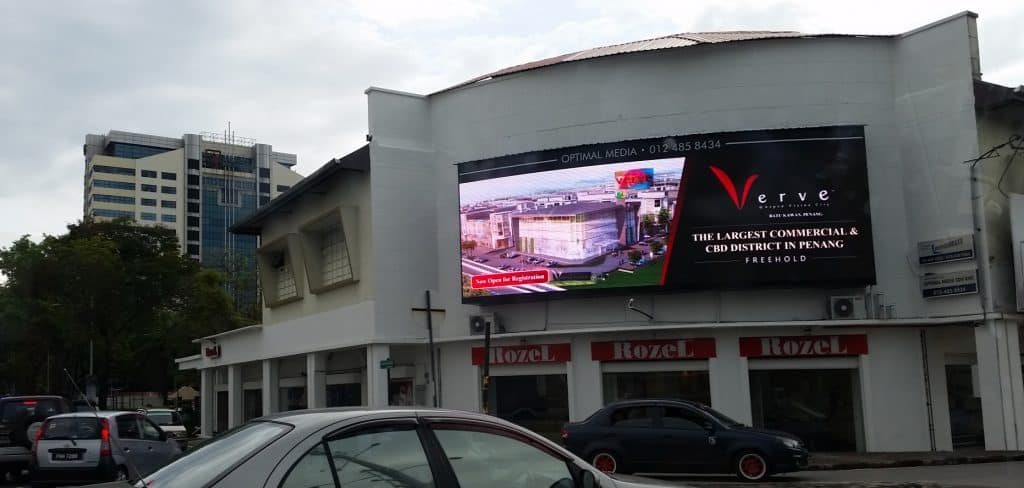News
Sponsored: A century up in lights – The history of neon signs


Neon signs are everywhere. One walk down the Las Vegas strip and you’ll have a very immersive crash course in the power of neon to grab the attention of passersby. These days, LED signs have displaced neon in many cases, but the history of the neon sign is interesting nonetheless. Spanning more than 100 years now, neon still has its place in the advertising world.
It all started with a glass tube, electricity and the right combination of gasses. In 1856, Heinrich Geissler discovered that those ingredients could be used to conduct electricity that would produce light. Sadly, Geissler’s experiments didn’t produce any lasting results because the gasses he used reacted negatively with the electrodes, reducing their ability to produce adequate amounts of light for a sustained period of time.
It was in 1898 that Sir William Ramsay and Morris William Travers discovered the process of fractional distillation of liquid air. Through those experiments, they discovered new rare gasses: argon, xenon, krypton and neon. They discovered that these gasses were able to produce good-quality light sources that were sustainable. Not only that, these gasses burned in a variety of vibrant colours without causing a negative reaction with electrodes. Despite the effect of being able to achieve a rainbow of vibrant oranges, reds, violets and blues, these gasses were still much too expensive to use in a commercial application in these beginning stages.
Fast-forward a few years to 1907. Georges Claude developed a more cost-effective method of fractional distillation. It was actually a happy accident: His actual intention was to produce medical-grade pure oxygen that hospitals could use. As a result of that process, gasses such as neon were produced as by products. To avoid waste, Claude used Ramsay and Travers’ research to use these gases to create lights in sealed tubes. These tubes could be manipulated into various shapes and sizes – primitive neon signs were born. Once the first commercial signs were installed, demand quickly grew and the Claude Neon sign company began to franchise the company.
It was a California car dealer, Earle C. Anthony, who finally brought neon signs to the United States. Once they came over the pond, neon signs took hold and never let go. Businessmen discovered the attention-grabbing properties of these signs, and quickly understood what a boon to their business these signs could be.
In the 1940s and 50s, neon signs entered their heyday. Even in the 1960s when they era of the plastic sign was ushered in, the foothold that had been gained by neon signs never let go. Even today, with computerized signs abounding, the artistic appeal and nostalgic glow of neon can still be seen everywhere.
If you are looking for exterior signage for your business, companies like Burry Signs (burrysigns.com) offer many different choices. Depending on your particular needs and the nature of your business, you can choose from a variety of different signage options. The right kind of sign will help draw customers to your business, and that can be very favourable to your bottom line.
LIKE WHAT YOU'VE READ?
When you subscribe you will also join other Digital Signage readers who receive our content right in their mailbox. Good luck!






Thank you for the share.
Thanks for sharing this. Until now I never knew how neon signs were made, even though I’ve been selling them for years! haha
No problems, thanks for reading this. We all learn something new everyday!
Great overview of the history of neon! I definitely like the unique vibe neon can bring to a sign. It’s very interesting seeing it’s beginnings and compare it to how it’s used nowadays. Thanks for sharing!
Thanks for reading the article Jordan.